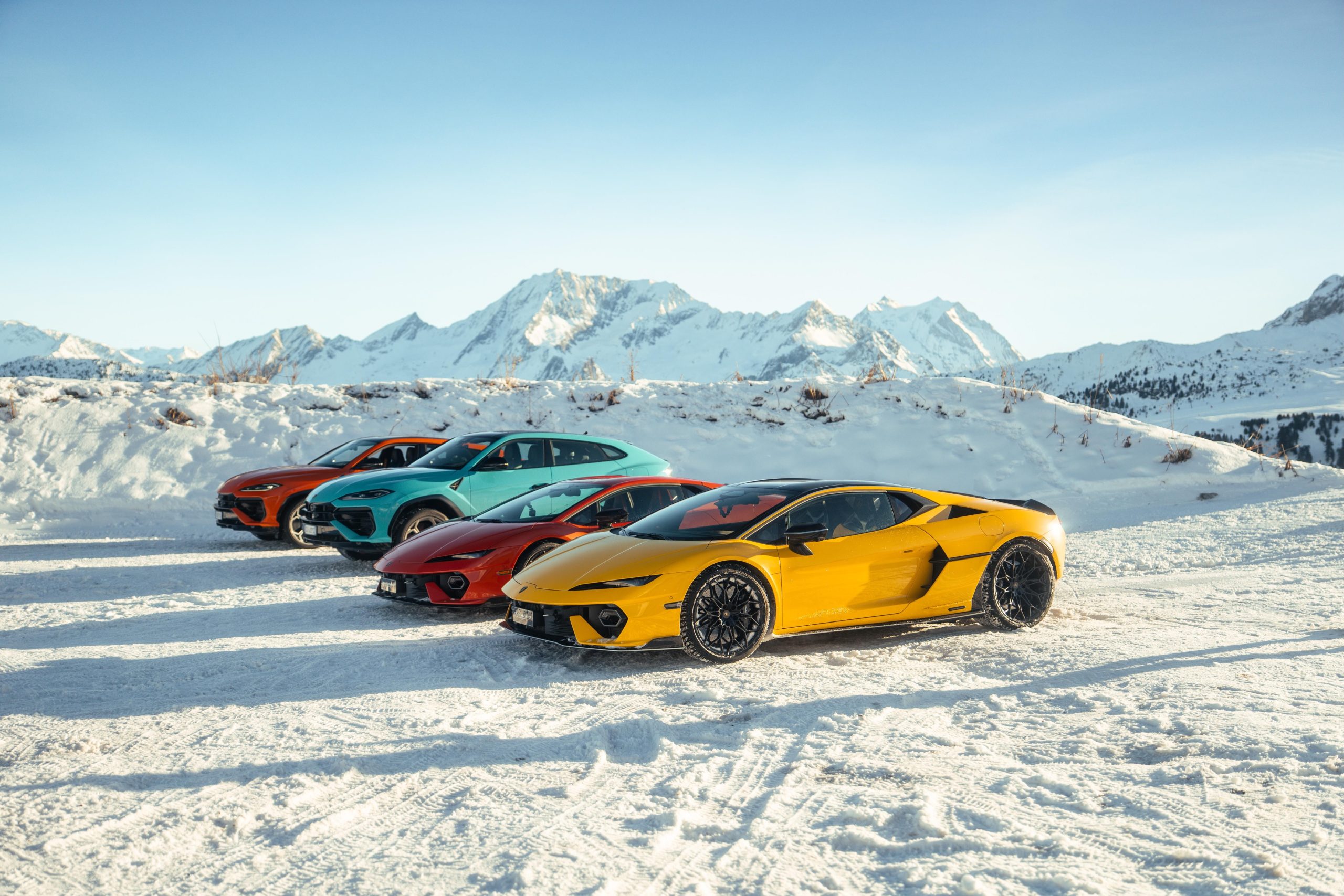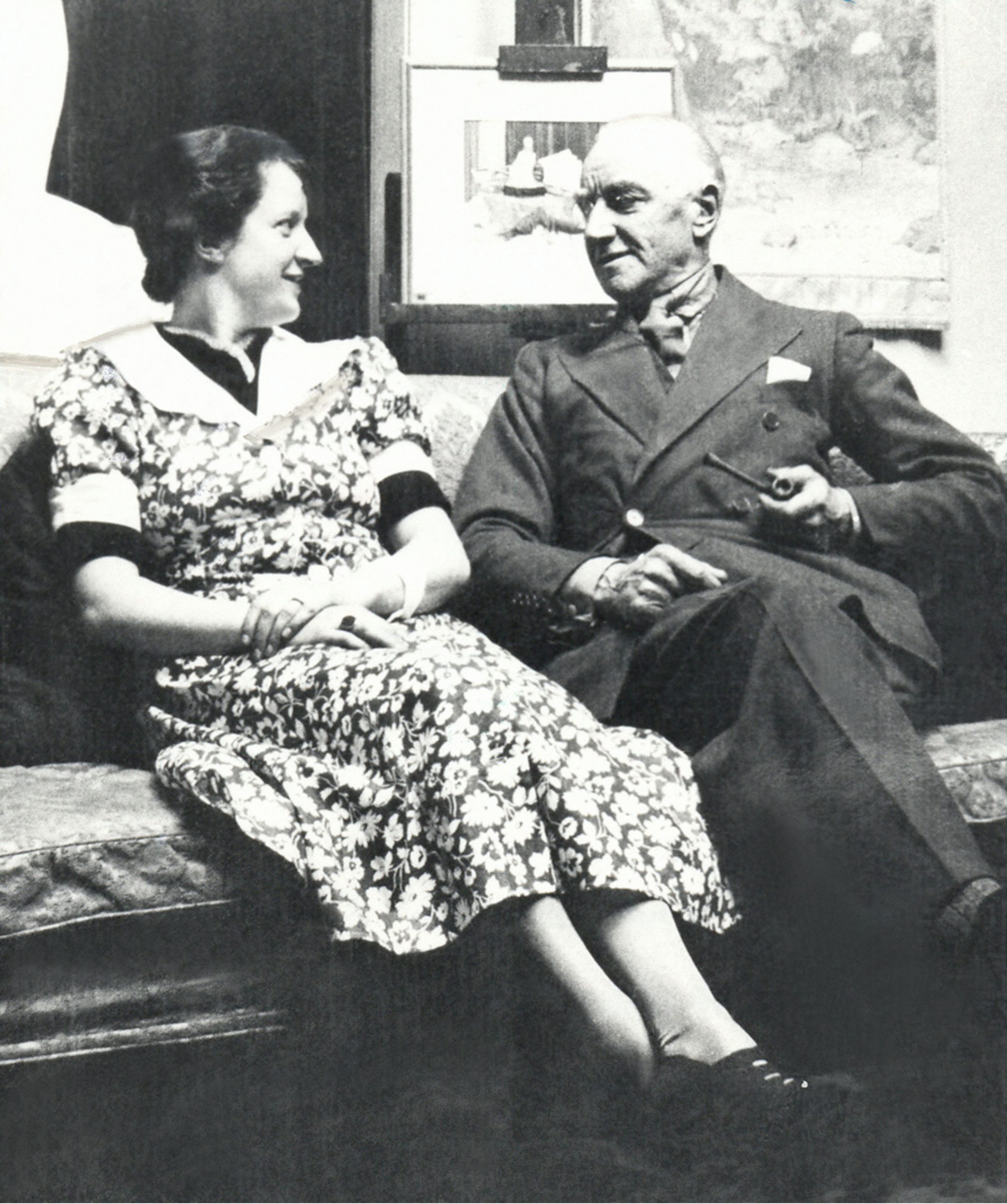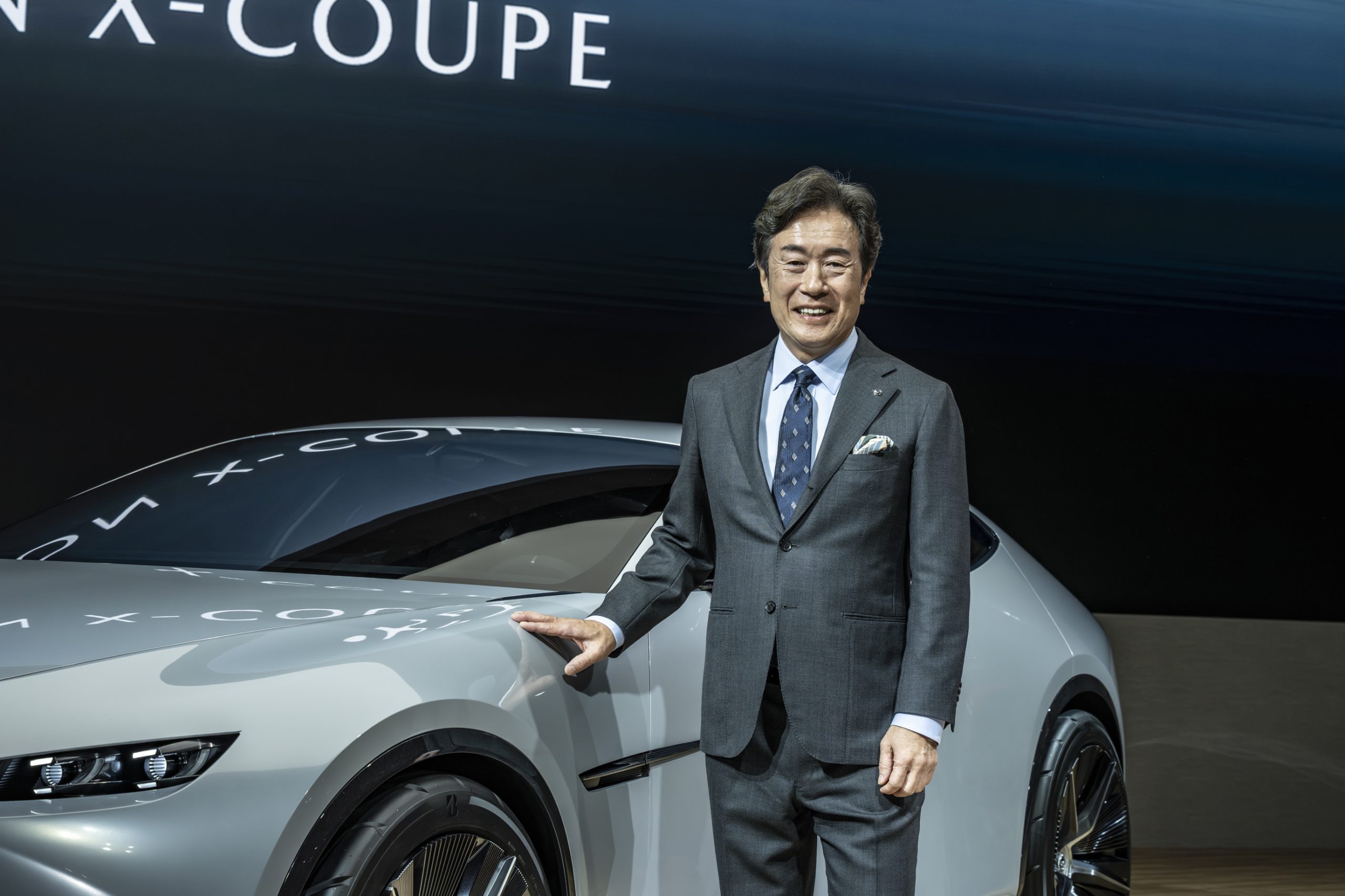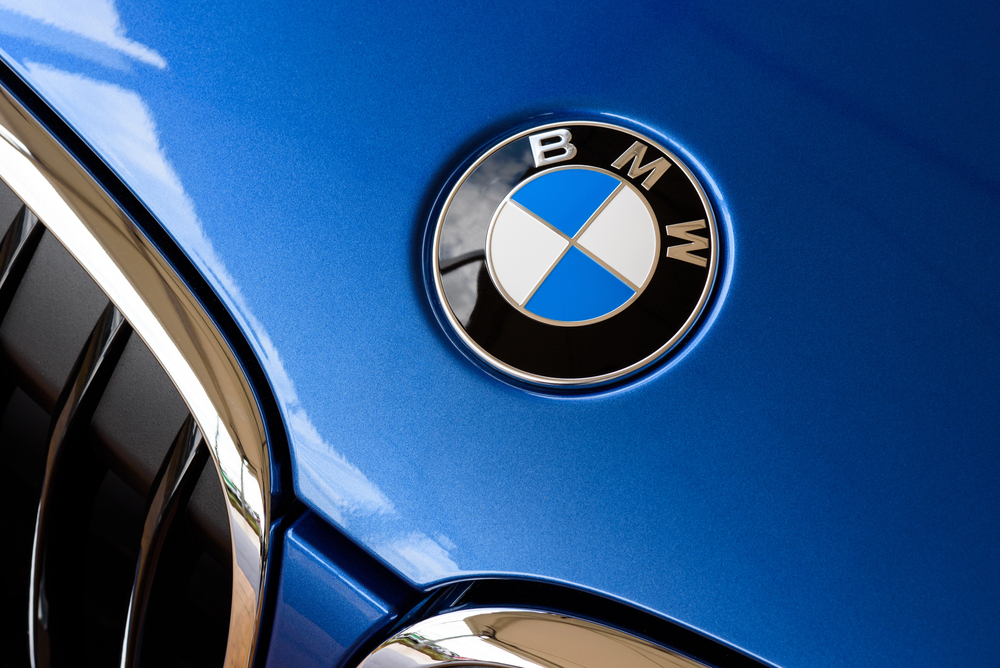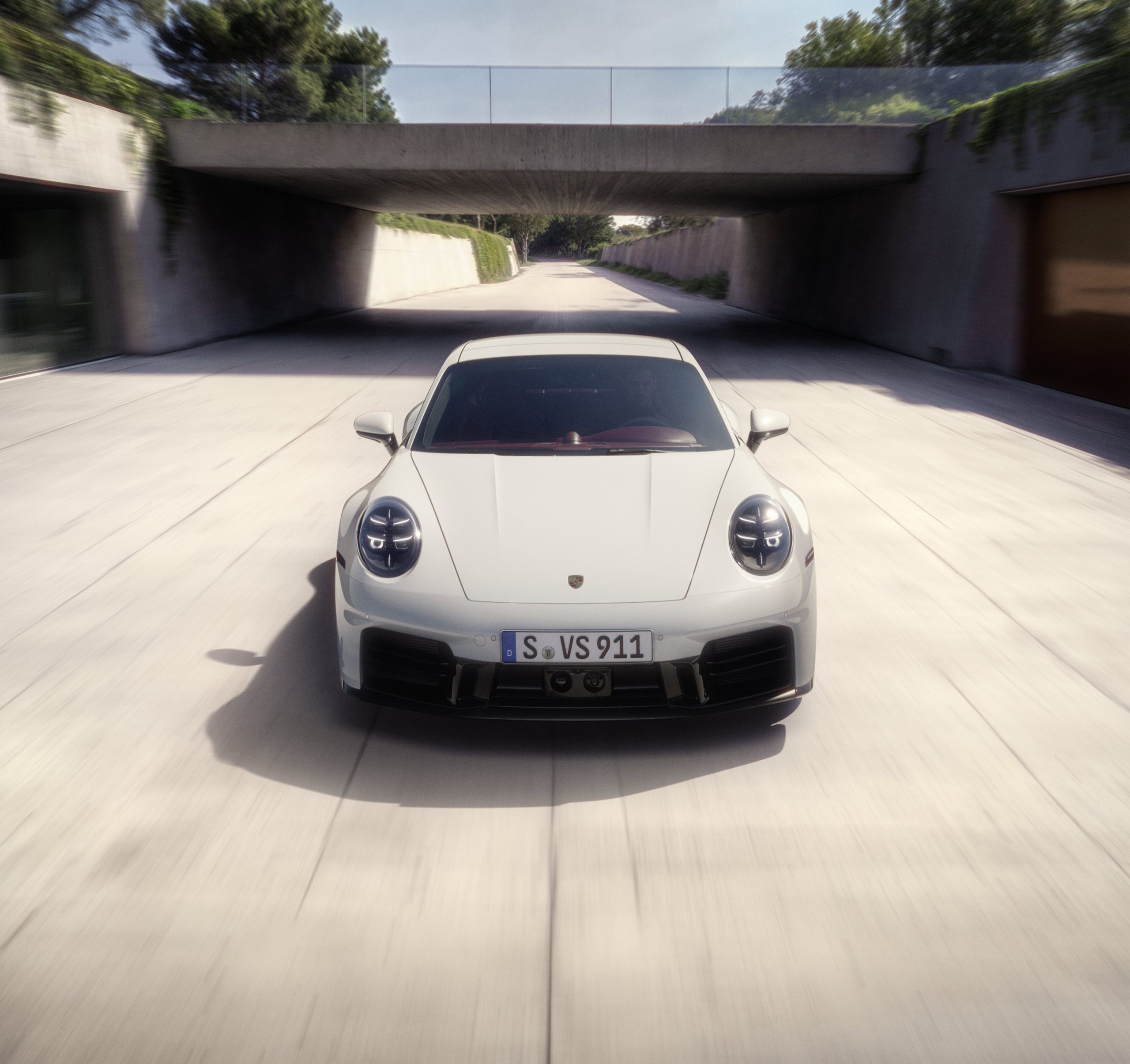- Approximately 48,000 units produced over 18-year production run
- Final vehicle to line-off is Premium edition T-Spec finished in Midnight purple paint
- Nissan committed to reimagining future generation of GT-R
After 18 years, Nissan today commemorates the end of production for the R35 GT-R, as assembly for the Japan domestic market – the final sales region for the model – concludes.
Since its launch in 2007, the R35 GT-R has become a symbol of performance and innovation, captivating automotive enthusiasts and setting benchmarks in the high-performance sports car segment.
Reflecting on a legacy
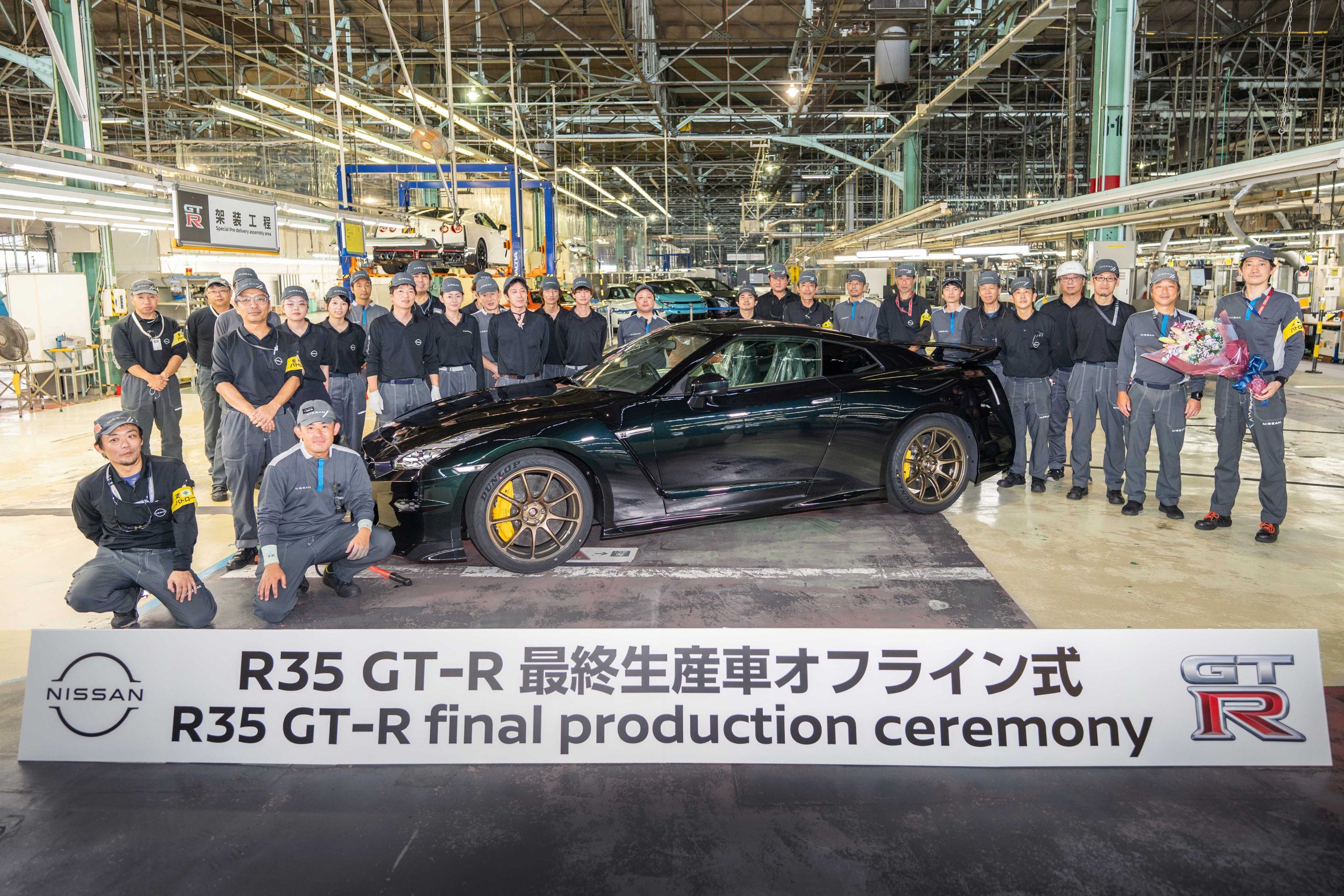
Workers at Nissan’s Tochigi plant, located about 100 km north of Tokyo, gathered to celebrate the extensive legacy of the R35 as the very last unit rolled off the line. In total, approximately 48,000 units were produced and sold over the lifecycle of the model. The final vehicle, a Premium edition T-Spec, finished in Midnight Purple paint, is destined for a customer in Japan.
This isn’t goodbye to GT-R
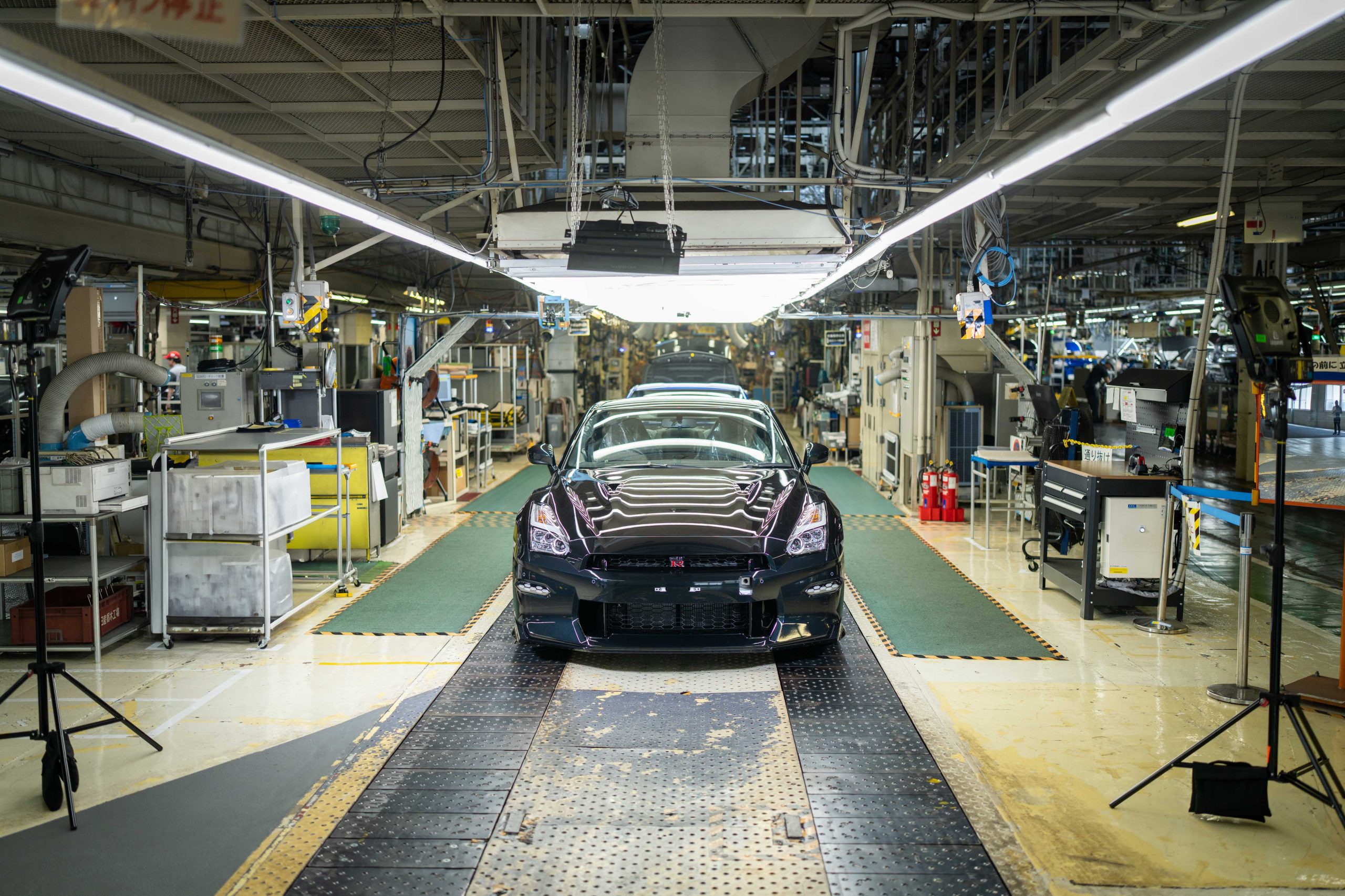
Ivan Espinosa, President and CEO of Nissan said, “After 18 remarkable years, the R35 GT-R has left an enduring mark on automotive history. Its legacy is a testament to the passion of our team and the loyalty of our customers around the globe. Thank you for being part of this extraordinary journey. To the many fans of the GT-R worldwide, I want to tell you this isn’t a goodbye to the GT-R forever, it’s our goal for the GT-R nameplate to one day make a return.”
The R35 GT-R in retrospect:
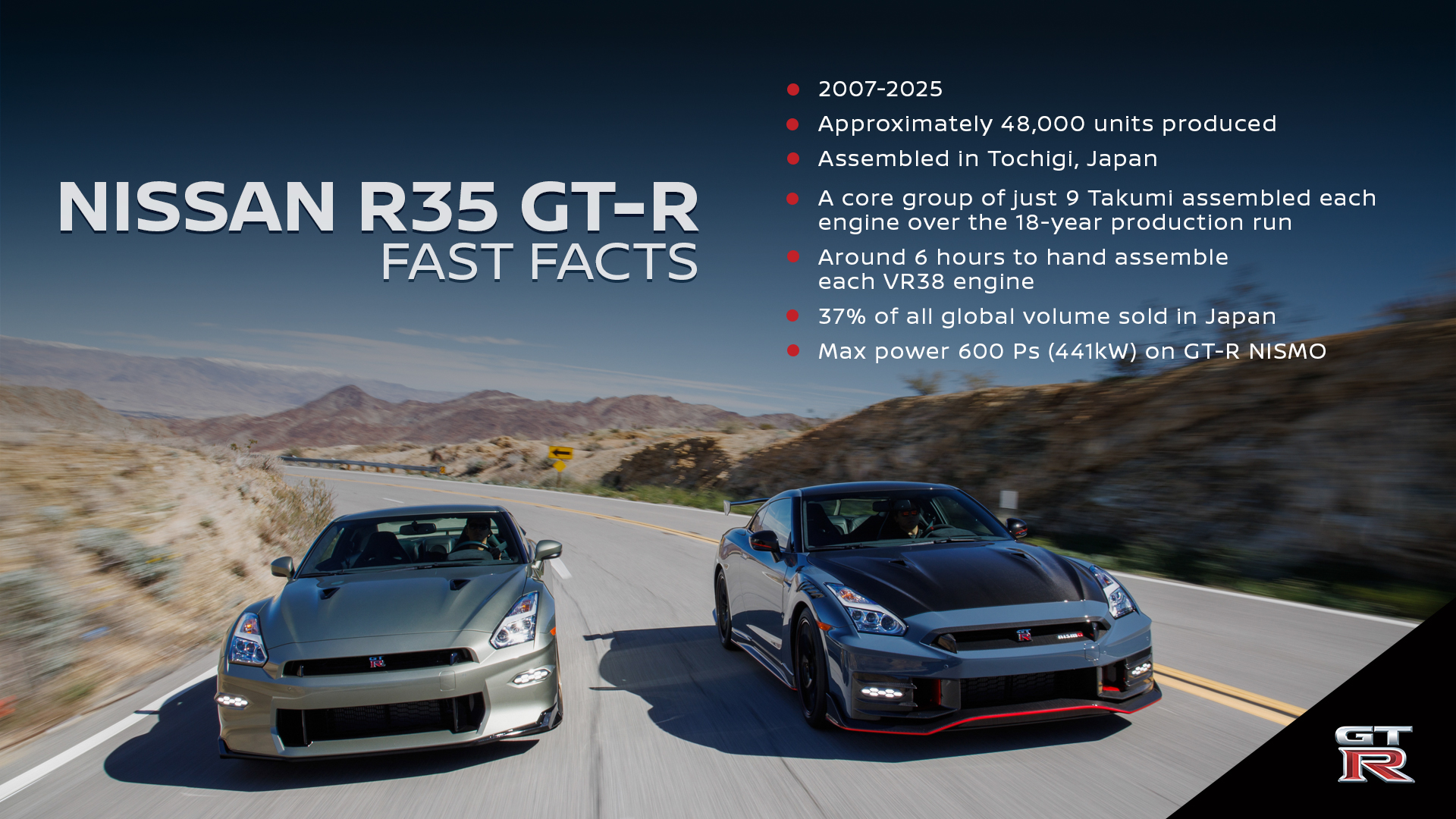
Looking back on the R35 GT-R’s extensive history, the vehicle set a new standard as the ultimate Grand Tourer. More than any of its predecessors, Nissan’s planning and engineering team sought to imbue the R35 GT-R with a “multi-performance” character, delivering a true GT ‘Grand Tourer’ with a comfortable ride, high levels of refinement, and benchmark fit and finish, while also enabling the driver to enjoy world-class performance that embodies the “R” in the GT-R namesake, a nod to racing technology.
Honed performance
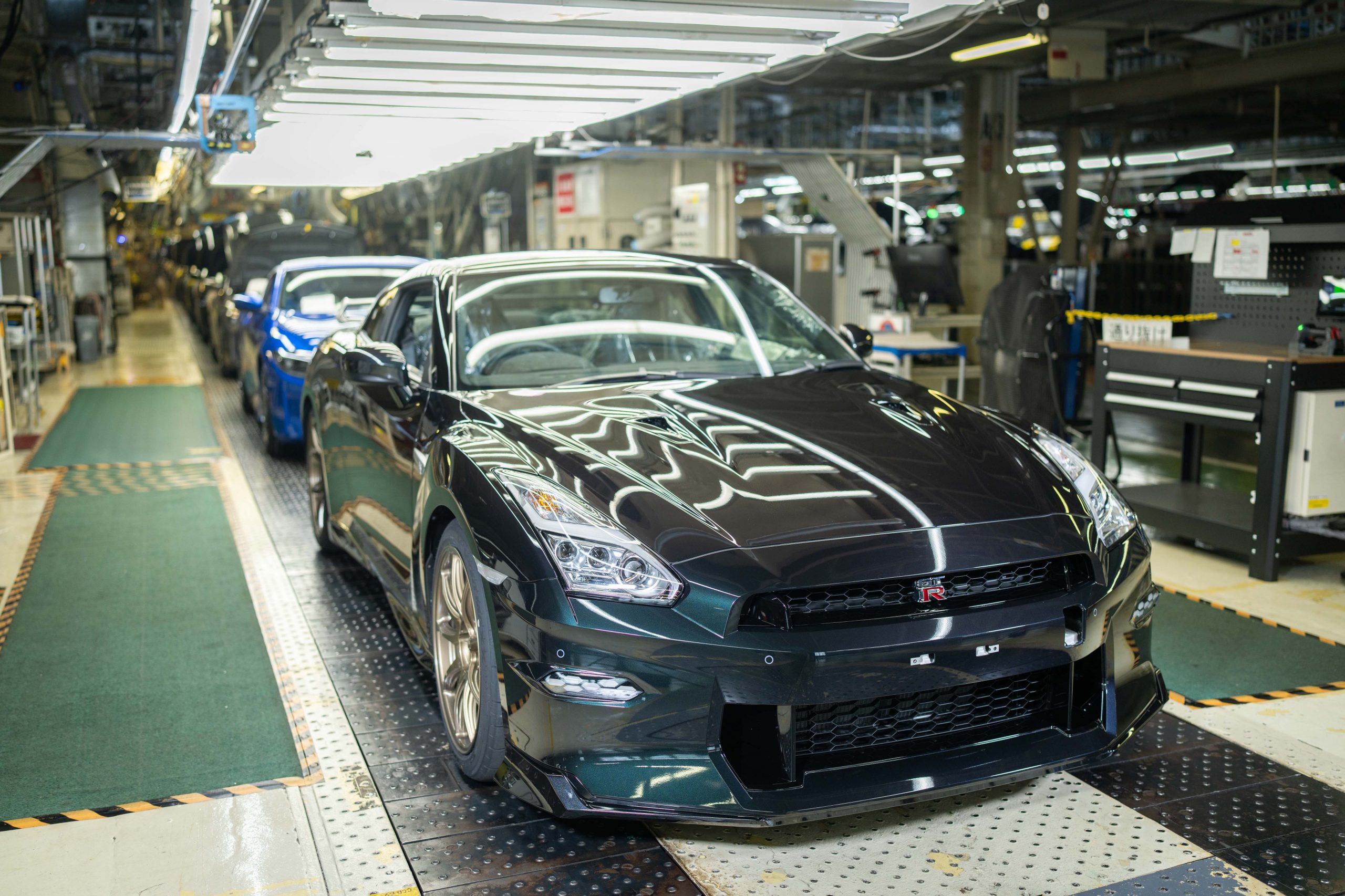
Rather than the typical product lifecycle involving a major update midlife cycle, the R35 GT-R continually evolved throughout each model year. Depending on the grade, Nissan’s engineers in Japan aimed to unleash either more power or greater levels of control, increased comfort and luxury, or in the case of GT-R NISMO, breathtaking track-honed performance.
Powered by passion
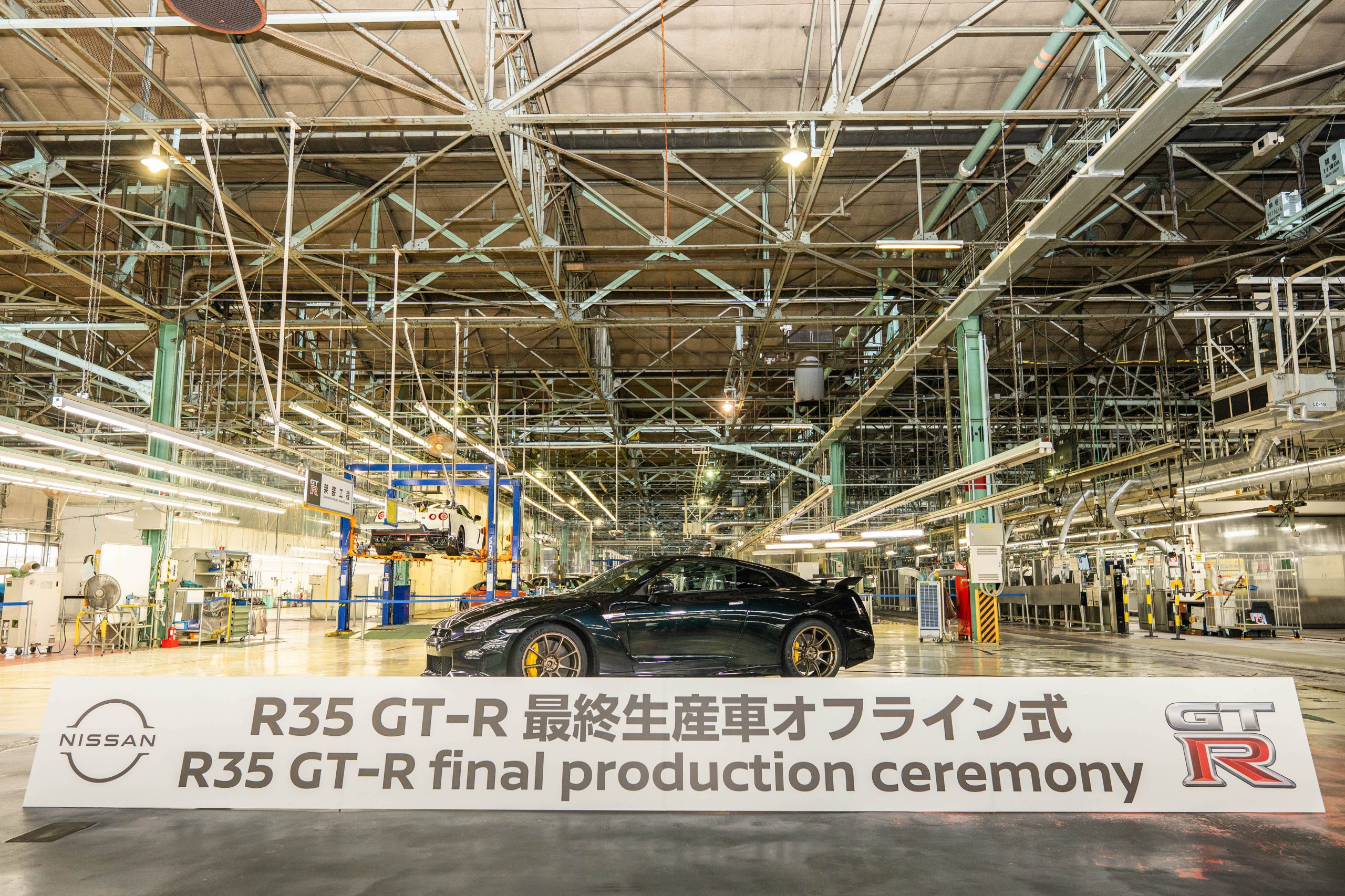
With its powerful VR38DETT twin-turbo V6 engine, acclaimed ATTESA ET-S all-wheel-drive system, and innovative aerodynamics, the R35 GT-R consistently delivered exhilarating driving experiences both on the road and the track.
Remarkably, over the course of its production run, a core team of just nine master craftsman – called Takumi – at Nissan’s plant in Yokohama, Japan passionately hand assembled each of the engines installed in the 48,000 units produced. Their names are immortalized on a plaque attached to each engine.
Throughout the course of production, maximum power rose from 353kW (480ps) at launch, up to 419kW (570ps) from the 2017 model year onwards. In parallel, NISMO engineers were able to extract even more, adopting GT3 racecar-spec turbochargers as well as high-precision, weight-balanced parts including the piston rings, connecting rods, crankshaft, flywheel, crank pulley and valve springs. The result was faster revs and quicker spooling turbo, delivering up to 441kW (600ps) for GT-R NISMO models.
Motorsports legacy
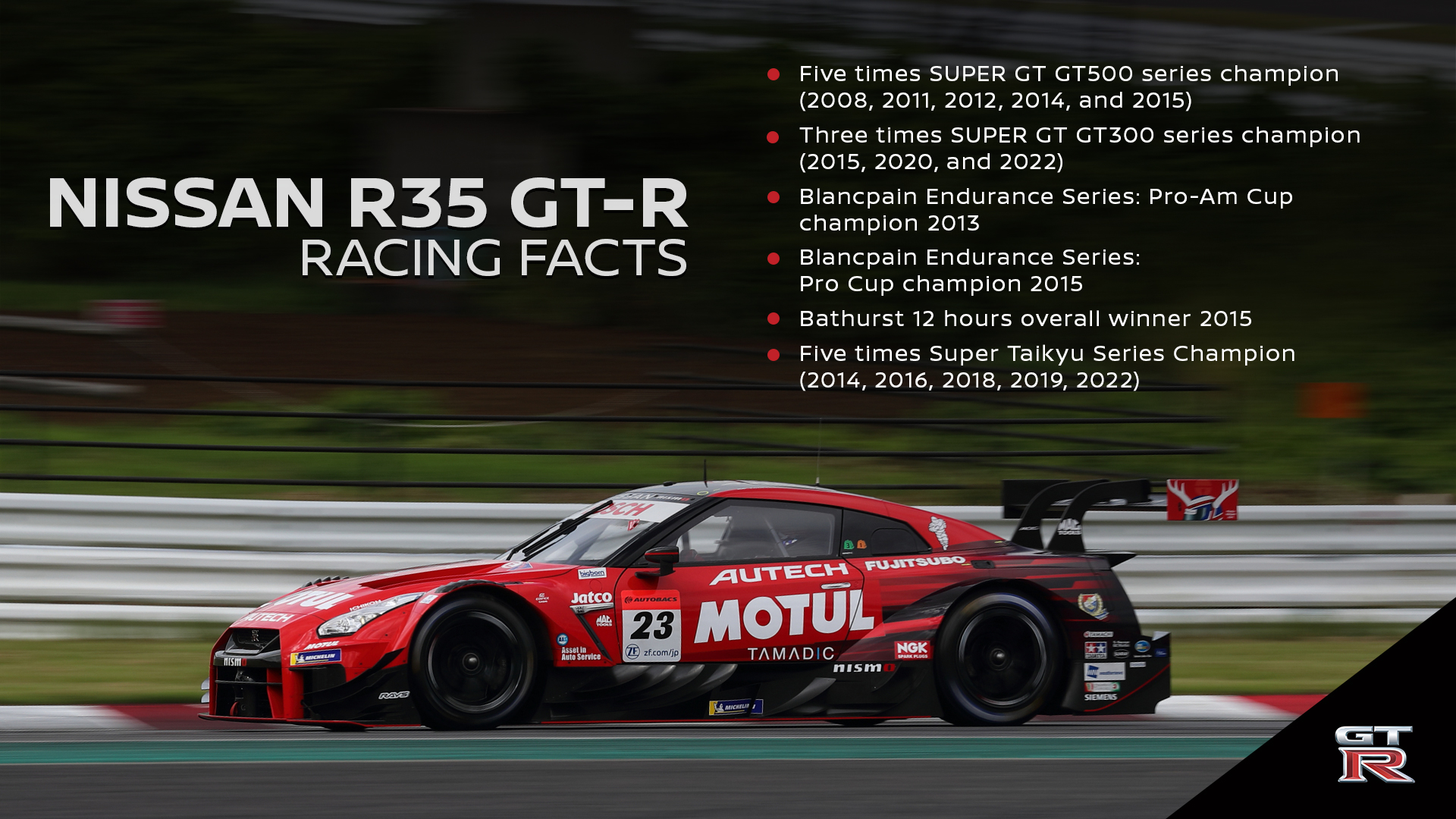
The R35 GT-R departs having achieved an enviable list of track and motorsports accolades. The extensive list includes five GT500 class and three GT300 class wins in Japan’s SUPER GT Championship, victory in the 2013 Blancpain GT Series Pro-Am class, a Bathurst 12-hour victory in 2015 and five Super Taikyu Japanese endurance racing series victories.
Records at the ‘Ring’
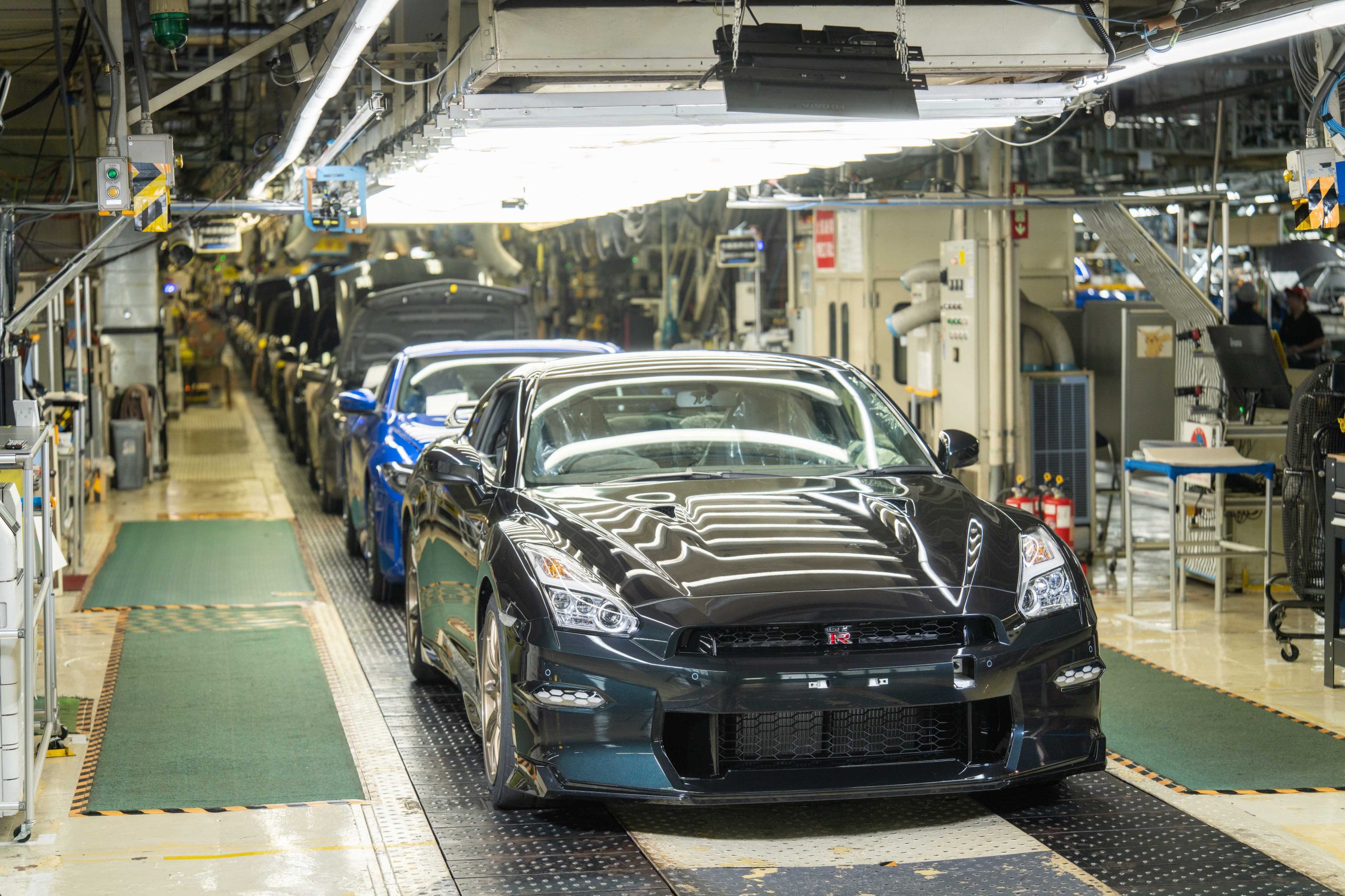
In 2007, a production R35 GT-R set a lap time of seven minutes, 38 seconds at the Nurburgring Nordschleife circuit in Germany, one of the fastest laps achieved by a production car despite conditions being slightly damp on two corners.
The team were back in early 2008 with a base specification R35 GT-R fitted with the standard Japan-domestic market tires. On a dry track, chief test driver Toshio Suzuki bettered their lap time by nine seconds, achieving seven minutes, 29 seconds and cracking the seven and half minute barrier for the first time.
A testament to their commitment to continually evolving and improving the GT-R, a year later they returned to the ‘Ring’ to set an even faster lap time of 7min 26 seconds.
In October 2012, the GT-R had improved its time to seven minutes and 18 seconds.
In November 2013, Nissan engineers and a group of elite drivers made another run. This time, and ahead of its official reveal, they used a GT-R NISMO equipped with track options that included aerodynamic tuning, weight-reduction measures, and a uniquely tuned suspension system. With Michael Krumm at the wheel, they managed to record a blistering 7 minutes 8.679 seconds – the R35’s best ever time at the hallowed circuit.
A challenge much closer to home
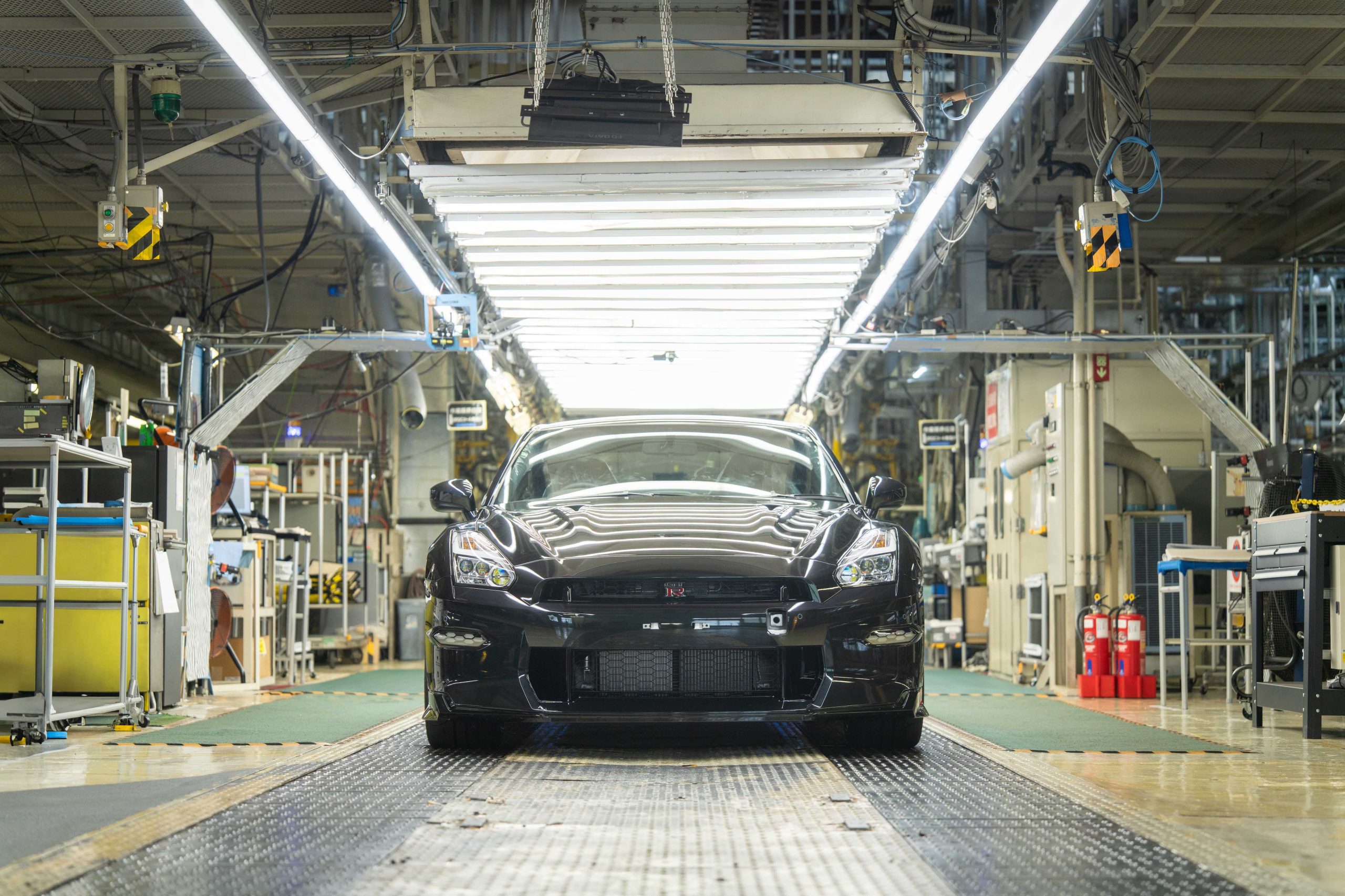
While the ‘Ring’ remains the ultimate challenge, a track much closer to home, beckoned the NISMO team as they sort to set new records with the GT-R NISMO. In December 2019, a team including driver Tsugio Matsuda assembled at Tsukuba circuit, located within Ibaraki prefecture in Japan, with a goal of breaking the track’s production car lap record using a model year 2020 GT-R NISMO. The team accomplished their goal, with a record-breaking lap time of 59.361 seconds, beating the previous production car record for the track. To put this in perspective, a 0.3 second reduction is equal to approximately 10 meters in distance, meaning the team crossed the line a little more than two car lengths faster than the previous record holder.
Not satisfied, they returned in January 2024 with a model year 2024 GT-R NISMO and with Matsuda back at the wheel, broke their own record, shaving off 283 tenths of a second to achieve 59.078 seconds.
The end of the line for the R35, not the GT-R nameplate
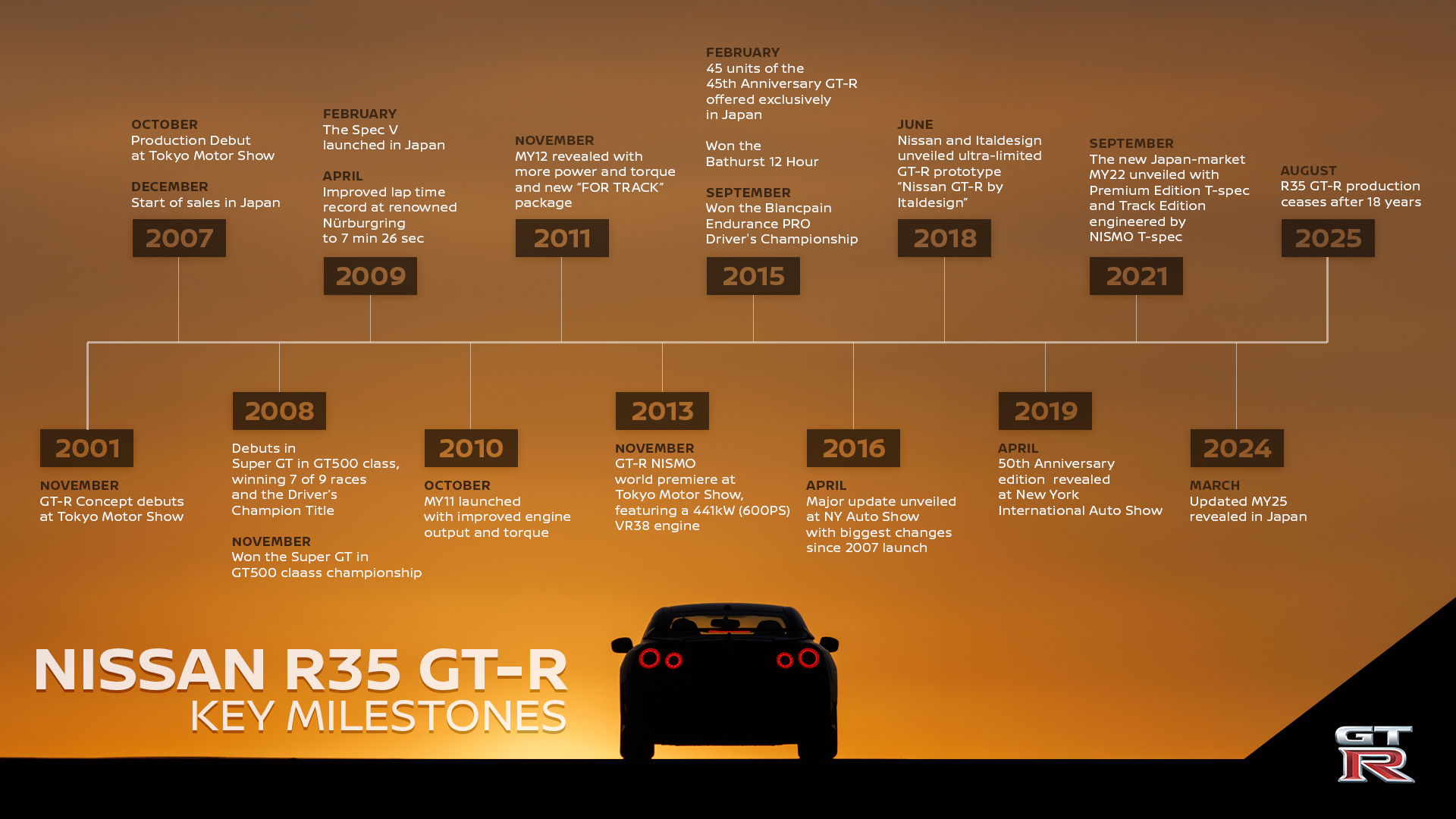
As we bid farewell to the R35 GT-R, Nissan remains committed to the GT-R nameplate with a vision to reimagine it for a new generation. Learnings from the R35 will be integral to the next-generation GT-R, ensuring its legacy evolves while raising the performance benchmark.
Espinosa said “We understand the expectations are high, the GT-R badge is not something that can be applied to just any vehicle; it is reserved for something truly special and the R35 set the bar high. So, all I can ask is for your patience. While we don’t have a precise plan finalized today, the GT-R will evolve and reemerge in the future.”
If you enjoyed this article, be sure to follow us on Microsoft Start.



